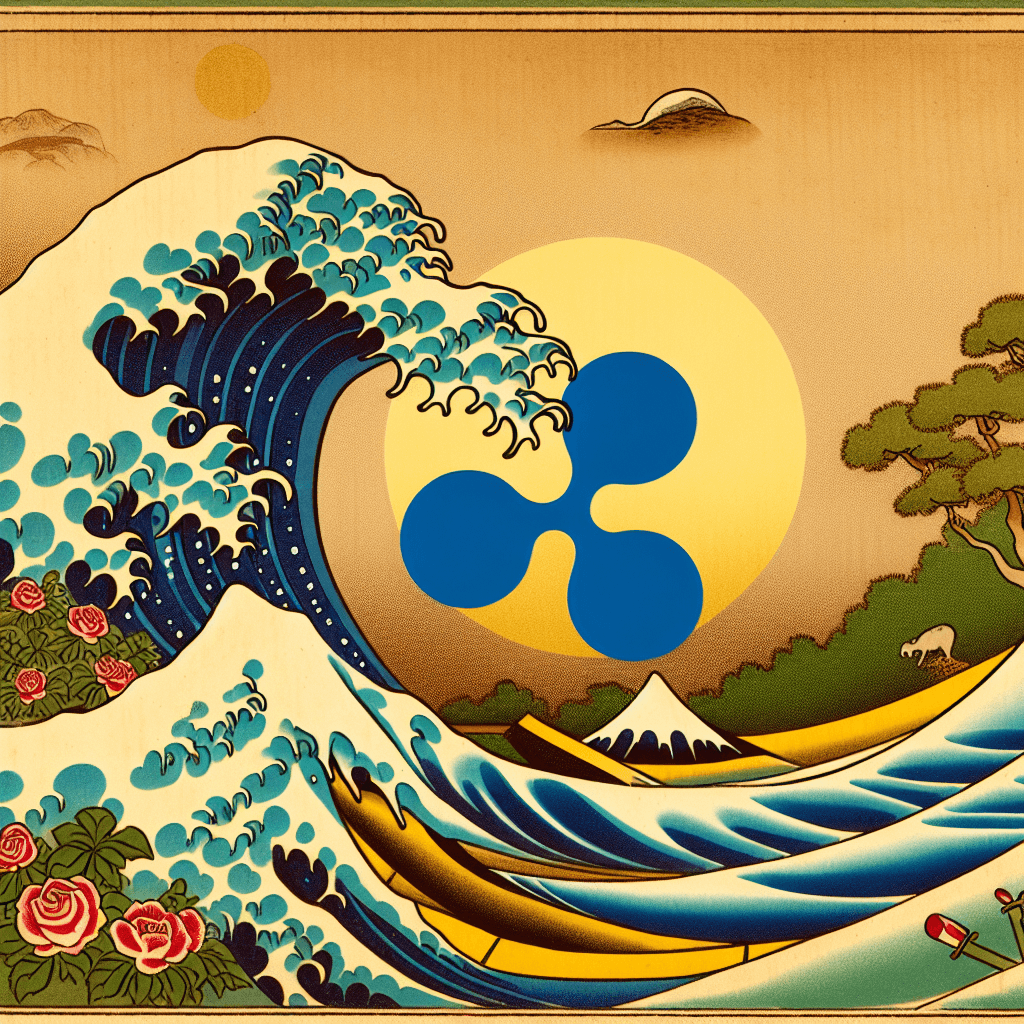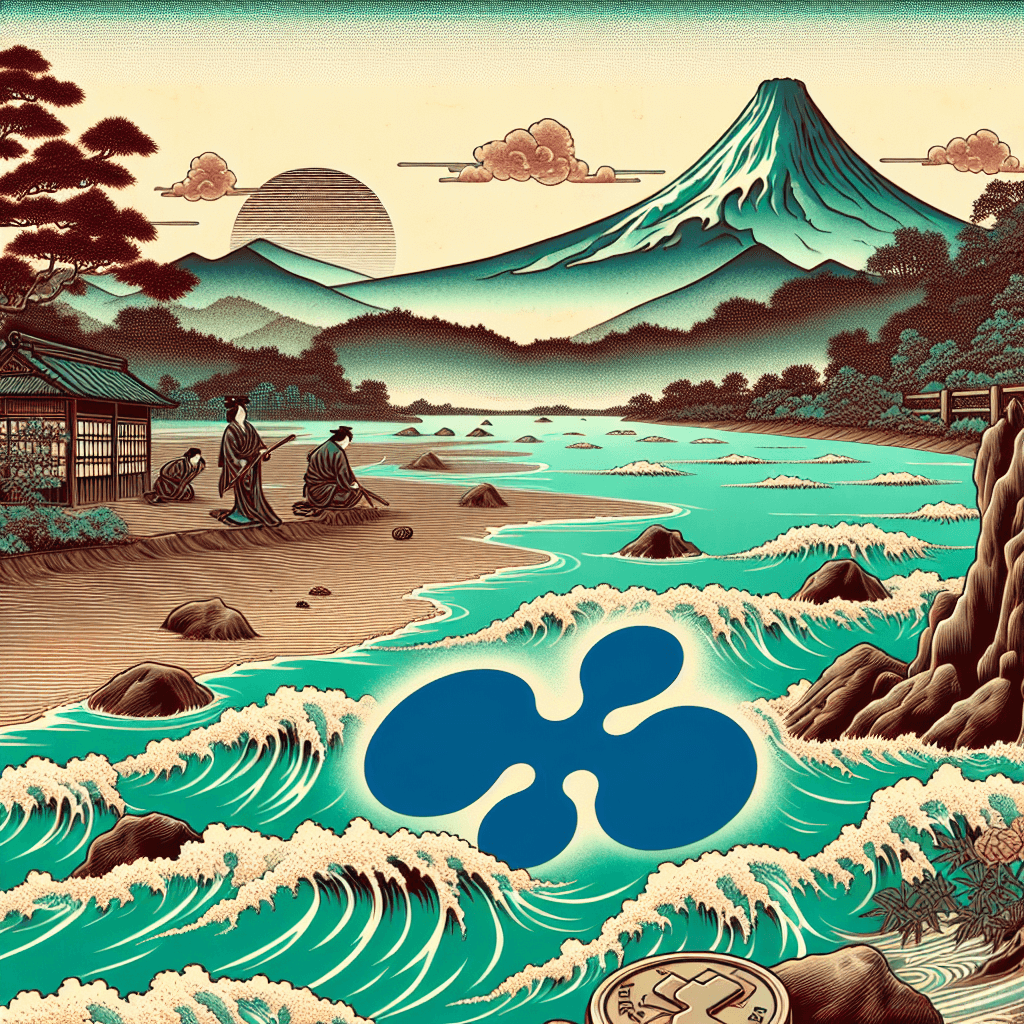Ripple's XRP as Water - The Adaptable Connector
syndu | May 17, 2024, 11:08 a.m.

Ripple's XRP as Water - The Adaptable Connector
In the ever-flowing river of the cryptocurrency market, Ripple's XRP stands out as the embodiment of Water – adaptable, connective, and essential for the ecosystem's fluidity. At the helm of Ripple's innovative vision are Chris Larsen and Jed McCaleb, pioneers who recognized the potential of blockchain technology to revolutionize the world of finance. This blog post profiles these two influential figures and the role of Ripple's XRP in facilitating seamless cross-border transactions, embodying the adaptability and connectivity of Water in the digital economy.
Chris Larsen: A Visionary in Financial Technology
Chris Larsen, co-founder of Ripple, is a seasoned entrepreneur with a track record of disrupting the financial industry. Before Ripple, Larsen co-founded E-LOAN, an online mortgage lender, and Prosper Marketplace, a peer-to-peer lending platform. His ventures have consistently aimed at making financial services more accessible and transparent. With Ripple, Larsen sought to address the inefficiencies of global payments, and XRP became the cornerstone of this vision.
Jed McCaleb: The Architect of Digital Payment Systems
Jed McCaleb's contributions to the cryptocurrency space are unparalleled. As a co-founder of Ripple and the creator of Mt. Gox, the first major Bitcoin exchange, McCaleb has been at the forefront of digital payment innovation. His expertise in cryptography and network infrastructure has been instrumental in developing Ripple's consensus protocol, which underpins the XRP Ledger's functionality.
XRP: The Water of Cryptocurrency Markets
XRP, the digital asset native to the XRP Ledger, is designed for speed, scalability, and low transaction costs. It is the lifeblood of Ripple's payment protocol, RippleNet, which enables financial institutions to transfer money across borders with unprecedented efficiency. Like Water that takes the shape of its container, XRP adapts to the needs of various payment corridors, providing liquidity and connecting disparate financial systems.
The Role of XRP in Cross-Border Transactions
Cross-border payments have traditionally been slow, costly, and opaque. Ripple's XRP changes the game by acting as a bridge currency, allowing for instant settlement and currency exchange. This capability not only reduces the cost and complexity of international transactions but also enhances their speed, mirroring Water's ability to flow swiftly and effortlessly from one place to another.
The Adaptability and Connectivity of XRP
XRP's true power lies in its adaptability. It is not confined to RippleNet; it can be used for a variety of applications, from micropayments to e-commerce. Its open-source nature invites developers to build upon the XRP Ledger, creating new use cases and expanding its reach. The connectivity it offers is akin to a network of waterways, linking communities and enabling commerce.
Conclusion: Embracing the Fluid Nature of XRP
As we navigate the currents of the cryptocurrency market, Ripple's XRP stands out as a testament to the adaptability and connectivity that Water represents in the Godai philosophy. Chris Larsen and Jed McCaleb's vision of a connected financial world is materializing through XRP, demonstrating the transformative potential of digital assets. As Ripple continues to make waves, XRP's role as the Water of the crypto ecosystem is solidifying, promising a more fluid and connected future for global finance.
Like Water that takes the shape of its container, XRP adapts to the needs of various payment corridors, providing liquidity and connecting disparate financial systems.
A Mysterious Anomaly Appears
Light and space have been distorted. The terrain below has transformed into a mesh of abstract possibilities. The Godai hovers above, a mysterious object radiating with unknown energy.
Explore the anomaly using delicate origami planes, equipped to navigate the void and uncover the mysteries hidden in the shadows of Mount Fuji.
Will you be the one to unlock the truths that have puzzled the greatest minds of our time?
Enter the Godai